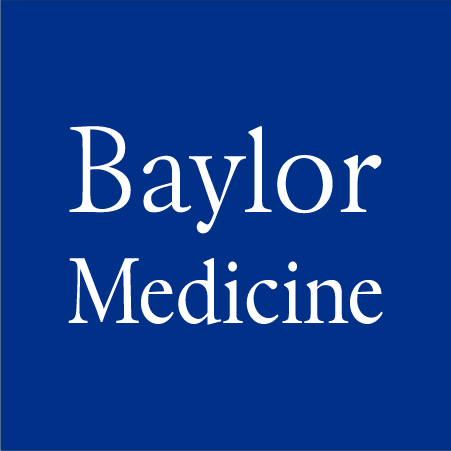Language
English
Publication Date
1-1-2023
Journal
Birth Defects Research
DOI
10.1002/bdr2.1990
PMID
35218607
PMCID
PMC9411263
PubMedCentral® Posted Date
1-1-2024
PubMedCentral® Full Text Version
Author MSS
Abstract
INTRODUCTION: Because the etiology and outcomes of birth defects may differ by the presence vs. absence of co-occurring anomalies, epidemiologic studies often attempt to classify cases into isolated versus non-isolated groupings. This report describes a computer algorithm for such classification and presents results using data from the Texas Birth Defects Registry (TBDR).
METHODS: Each of the 1,041 birth defects coded by the TBDR was classified as chromosomal, syndromic, minor, or "needs review" by a group of three clinical geneticists. A SAS program applied those classifications to each birth defect in a case (child/fetus), and then hierarchically combined them to obtain one summary classification for each case, adding isolated and multiple defect categories. The program was applied to 136,121 cases delivered in 2012-2017.
RESULTS: Of total cases, 49% were classified by the platform as isolated (having only one major birth defect). This varied widely by birth defect; of those examined, the highest proportion classified as isolated was found in pyloric stenosis (87.6%), whereas several cardiovascular malformations had low proportions, including tricuspid valve atresia/stenosis (2.3%).
DISCUSSION: This is one of the first and largest attempts to identify the proportion of isolated cases across a broad spectrum of birth defects, which can inform future epidemiologic and genomic studies of these phenotypes. Our approach is designed for easy modification for use with any birth defects coding system and category definitions, allowing scalability for different studies or birth defects registries, which often do not have resources for individual clinical review of all case records.
Keywords
Humans, Data Management, Registries, Texas, Algorithms, Pyloric Stenosis, Hypertrophic
Published Open-Access
yes
Recommended Citation
Langlois, Peter H; Marengo, Lisa; Lupo, Philip J; et al., "Evaluating the Proportion of Isolated Cases Among a Spectrum of Birth Defects in a Population-Based Registry" (2023). Faculty and Staff Publications. 2378.
https://digitalcommons.library.tmc.edu/baylor_docs/2378
Included in
Biological Phenomena, Cell Phenomena, and Immunity Commons, Biomedical Informatics Commons, Genetics and Genomics Commons, Medical Genetics Commons, Medical Molecular Biology Commons, Medical Specialties Commons


